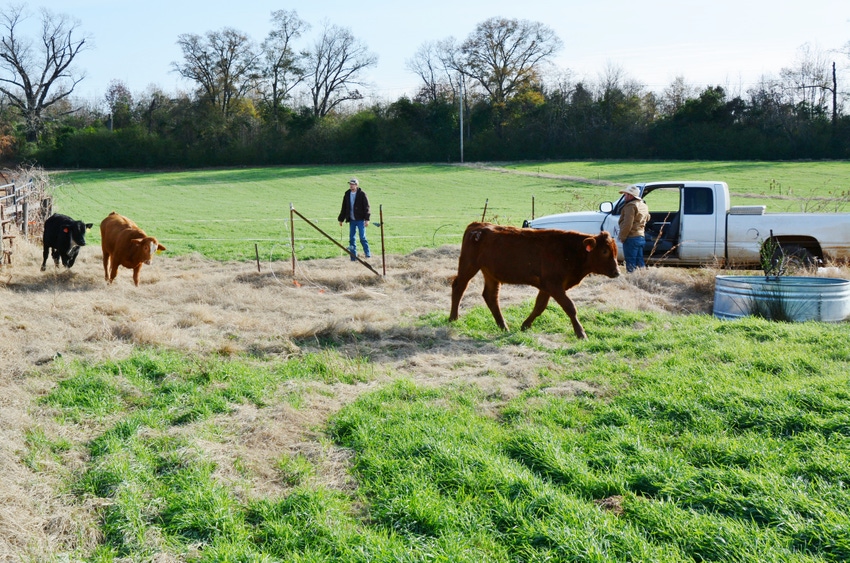Subscribe to Our Newsletters
Feedstuffs is the news source for animal agriculture
Winter grazing requires constant checking and possible adjustments, whether it’s removing or adding cattle, adding fertilizer or moving electric fencing.
January 10, 2017

You May Also Like